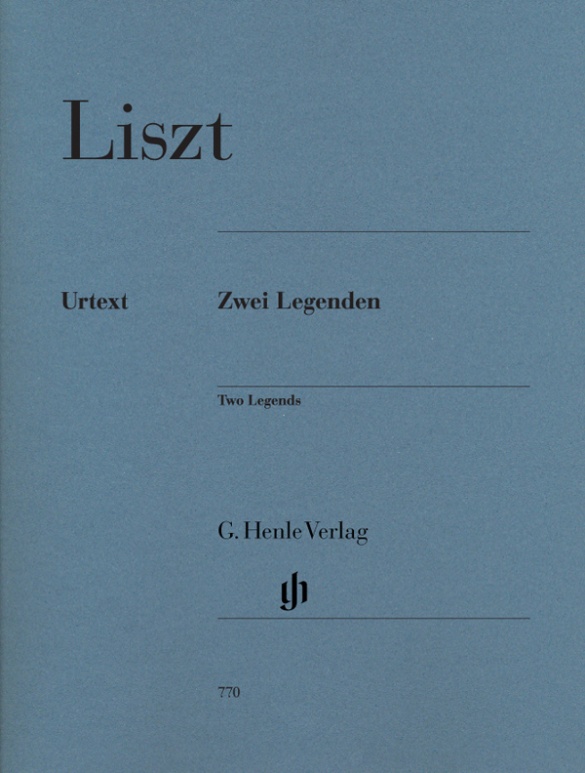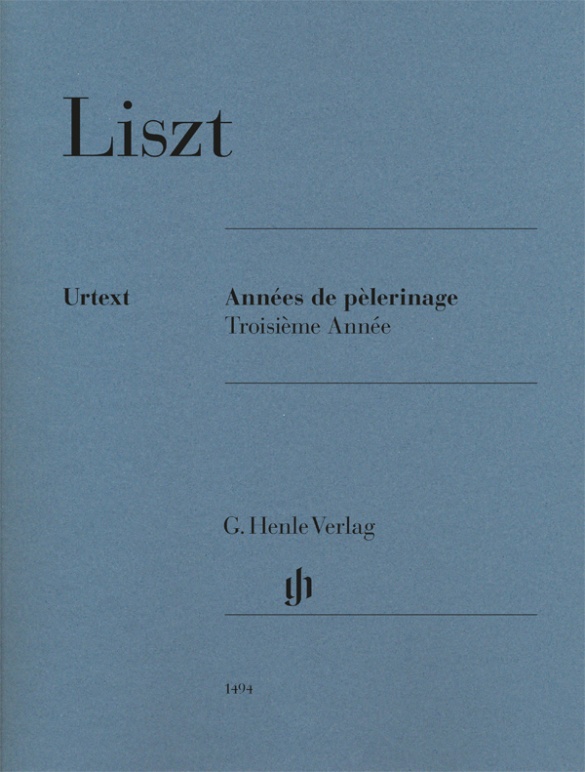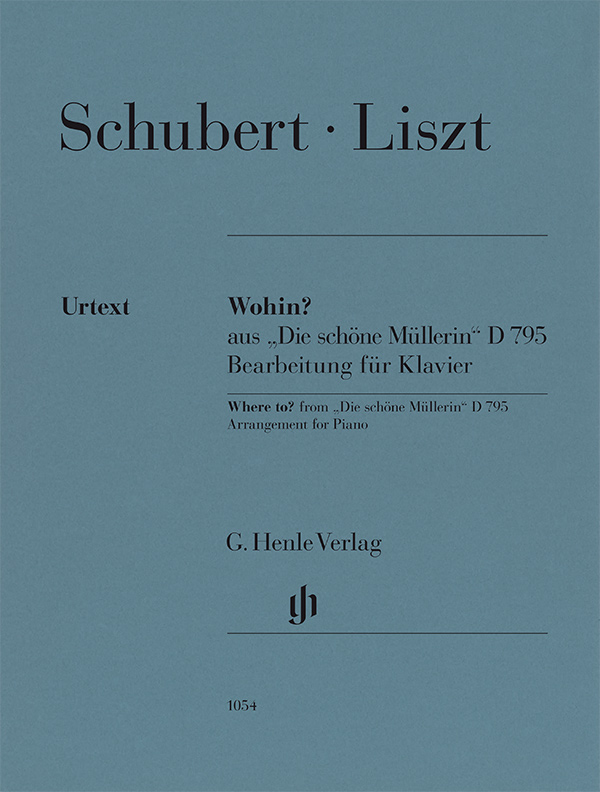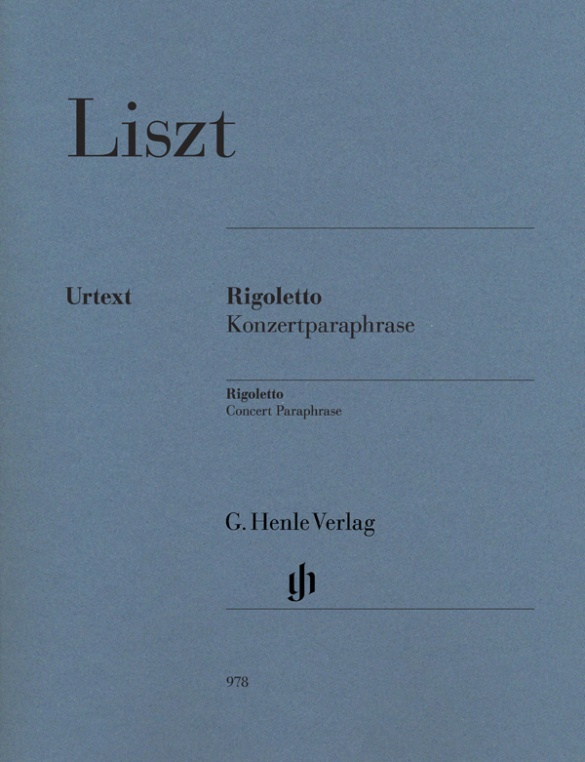

Franz Liszt
Rigoletto - Concert Paraphrase
Liszt drew on three themes from Verdi’s “Rigoletto” in this glittering virtuoso work; its climax is the finale with the theme in the quartet from Act III “Bella figlia dell’amore”.
If one ignores the fact that at this point in the opera the betrayal of Gilda's love is made known, the work offers no sign that it was written at a time of deep depression: Liszt’s hope of legally marrying Princess von Sayn-Wittgenstein was slowly disappearing. Maybe Liszt's opera paraphrases are therefore to be understood as memories of happier times in Weimar.
Content/Details
(Explanation)
About the Composer
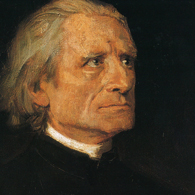
Franz Liszt
The most famous piano virtuoso of the nineteenth century is regarded as the most influential artist and composer (with Berlioz, Wagner) of the so-called New German School. His immense musical oeuvre comprises, above all else, works for solo piano, including numerous transcriptions; he also devised the symphonic poem. Important, too, are his sacred and secular choral works and songs.
| 1811 | Born in Doborján/Raiding (Sopron) on October 22, son of an official in the service of Prince Esterházy. First piano lessons from his father, early first attempts at composition, first public performance at age nine. |
| 1822 | Relocation of the family to Vienna, studies with Carl Czerny and Antonio Salieri. |
| 1823 | Relocation of the family to Paris. Composition studies with Ferdinando Paër and Antonín Reicha (1826). Performances in salons, concerts. |
| 1824–27 | Concert tours through France, to England and Switzerland. Composition of opera paraphrases for piano. |
| 1830 | Acquaintance with Berlioz, self-study by reading. He becomes Parisian society’sfavourite pianist and piano teacher. |
| 1835 | He moves to Switzerland with Countess Marie d’Agoult: their first child together, Blandine-Rachel, is born here. He continues concertizing in Paris. |
| from 1839 | Continuous concert tours throughout Europe. |
| from 1847 | Symphonic poems, including No. 2, “Tasso: lamento e trionfo”; No. 1, “Ce qu‘on entend sur la montagne” (‘Bergsymphonie,’ ‘Mountain Symphony’); “A Faust Symphony in Three Character Pictures”; “A Symphony to Dante’s Divine Comedy” (‘Dante Symphony’); as well as [No. 11], “Hunnenschlacht” (“Battle of the Huns”). |
| 1848–61 | Kapellmeister in Weimar; he advocates for progressive music (Wagner, Schumann, Berlioz). |
| 1857–62 | Oratorio, “The Legend of St. Elisabeth.” |
| 1861–68 | Resident in Rome. |
| 1865 | Takes minor holy orders. |
| 1866–72 | Oratorio, “Christus.” |
| 1871 | Appointed Hungarian court councilor; he lives in Rome, Weimar, and Budapest. |
| 1886 | Death in Bayreuth on July 31. |
About the Authors
.jpg)
Marc-André Hamelin (Fingering)
Product Safety Informations (GPSR)

G. Henle Verlag
Here you can find the information about the manufacturer of the product.G. Henle Verlag e.K.
Forstenrieder Allee 122
81476 München
Germany
info@henle.de
www.henle.com
Henle here continues its superb rebranding of Liszt works, familiar and less so, providing a wealth of excellent background information as well as lucidity, elegance and practicality. ... It is extremely useful here to have creative yet practical fingering for the extended quasi cadenza flourishes by none other than Marc-André Hamelin. This is quite a coup for Henle, and indeed the edition is well worth purchasing for Hamelin's input alone.
Piano International, 2011De uitgave van Henle is zonder meer ideaal. De virtuoze omspelingen zijn in een kleiner notenbeeld gestoken dan de vocale partijen. Dat biedt direct een (visueel) inzicht in de structuur van de compositie.
Piano Wereld, 2011推荐
autogenerated_cross_selling
本书目其他版本
本书目其他版本


